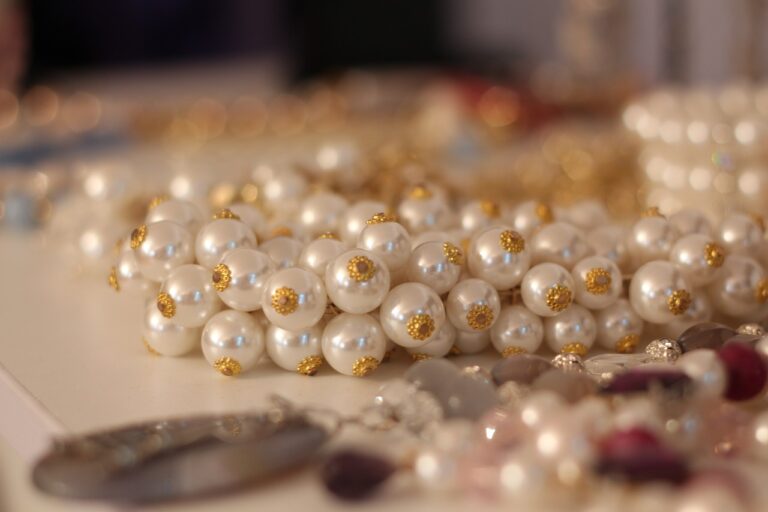From Runway to Retail: Understanding the Fashion Supply Chain
The fashion industry is a dynamic and fast-paced sector that plays a significant role in shaping trends and styles worldwide. With its roots deeply intertwined in creativity and innovation, this industry encompasses a wide range of elements, from design and manufacturing to marketing and retailing. Fashion designers are tasked with creating unique and appealing clothing and accessory collections that cater to the ever-changing tastes of consumers.
Furthermore, the fashion industry also involves various professionals, such as photographers, stylists, models, and fashion journalists, who collectively contribute to the promotion and portrayal of different fashion brands and labels. The influence of social media and digital platforms has revolutionized how the fashion industry operates, providing new opportunities for designers to connect with their audience and showcase their creations in real-time.
• The fashion industry is a dynamic and fast-paced sector that shapes trends worldwide
• Fashion designers create unique clothing and accessory collections to cater to consumer tastes
• Various professionals like photographers, stylists, models, and journalists contribute to promoting fashion brands
• Social media and digital platforms have revolutionized how the industry operates
• Designers can now connect with their audience in real-time through digital platforms
Design Conceptualization and Development
Once a fashion designer has gathered inspiration and formulated a creative vision for their collection, the design conceptualization and development phase comes into play. This crucial stage involves translating concepts into tangible designs through sketches, mood boards, and sample pieces. Designers meticulously refine and iterate on their ideas to ensure that the collection embodies the desired aesthetic and meets the intended target audience’s preferences.
During the development process, designers collaborate closely with patternmakers, sample makers, and seamstresses to bring their designs to life. This teamwork is essential in ensuring that the garments are not only visually appealing but also well-constructed and functional. Through prototyping and fitting sessions, designers are able to fine-tune their creations, making adjustments to achieve the perfect fit and silhouette that reflects their original vision.
Sourcing Materials and Fabrics
The process of sourcing materials and fabrics is a crucial step in the fashion industry. Designers and manufacturers must carefully select the right materials that align with their vision for the final product. This involves researching suppliers, evaluating the quality of the materials, and negotiating prices to ensure cost-effectiveness without compromising on quality.
Once the materials have been selected, the next step is to source the fabrics needed for the production of the garments. This involves determining the quantity of each fabric required, coordinating with textile mills or vendors to place orders, and managing the logistics of shipping the fabrics to the manufacturing facility. Attention to detail and strong communication skills are essential in this phase to ensure a smooth and efficient sourcing process.
What is the first step in sourcing materials and fabrics for a fashion collection?
The first step is to identify the design concept and theme of the collection to determine the type of materials and fabrics needed.
Where can fashion designers source materials and fabrics from?
Fashion designers can source materials and fabrics from textile suppliers, fabric mills, trade shows, online marketplaces, and specialty stores.
How can a fashion designer ensure the quality of materials and fabrics?
Fashion designers can ensure the quality of materials and fabrics by requesting swatches, conducting fabric tests, and visiting suppliers in person to inspect the materials.
What factors should fashion designers consider when sourcing materials and fabrics?
Fashion designers should consider factors such as cost, availability, sustainability, durability, and compatibility with the design concept when sourcing materials and fabrics.
How can fashion designers stay updated on the latest trends in materials and fabrics?
Fashion designers can stay updated on the latest trends in materials and fabrics by attending trade shows, reading industry publications, following trend forecasting agencies, and networking with other designers.







